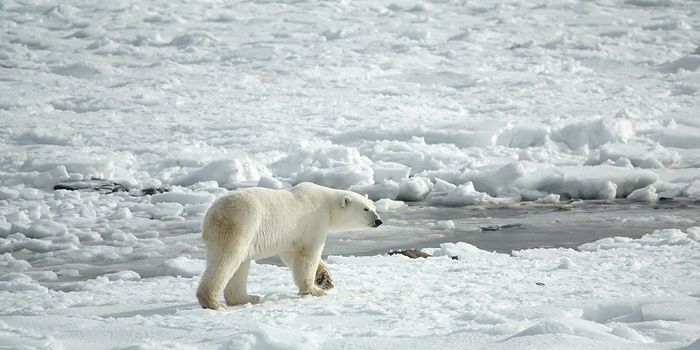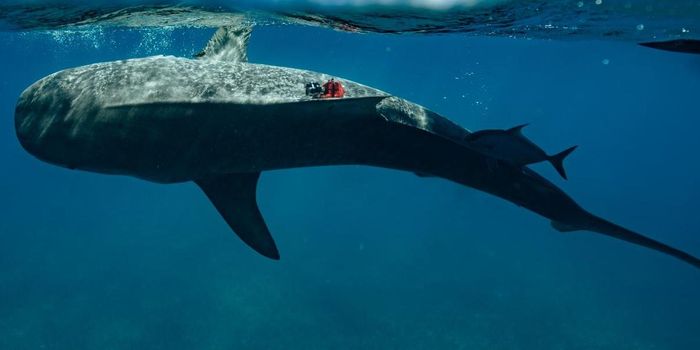The Transition to Multicellular Life May Have Been Simple
There has been a lot of debate about how life made the transition from single-celled organisms to multicellular life. It has been suggested that it happened as early as 2 or 3 billion years ago, but many scientists think of Ediacarans, a group of plantlike creatures that didn’t move, as the first animal life. They were abundant around 570 million years ago.
Cells came together and found new uses for their genes, and new ways to use the skills they already had. Scientists learned about that by using algae called Volvox. "What this group of algae has taught us is some of the steps involved in the evolution of a multicellular organism," Matthew Herron, an evolutionary biologist at the Georgia Institute of Technology in Atlanta, told Science.
Researchers have also used yeast to study the transition from single to multicellular life. Only one gene mutation was needed to get yeast cells to stick together and form a larger mass that worked together. Learn more from the video about how scientists use these models to reveal more about our ancient ancestors.
Source: Science








